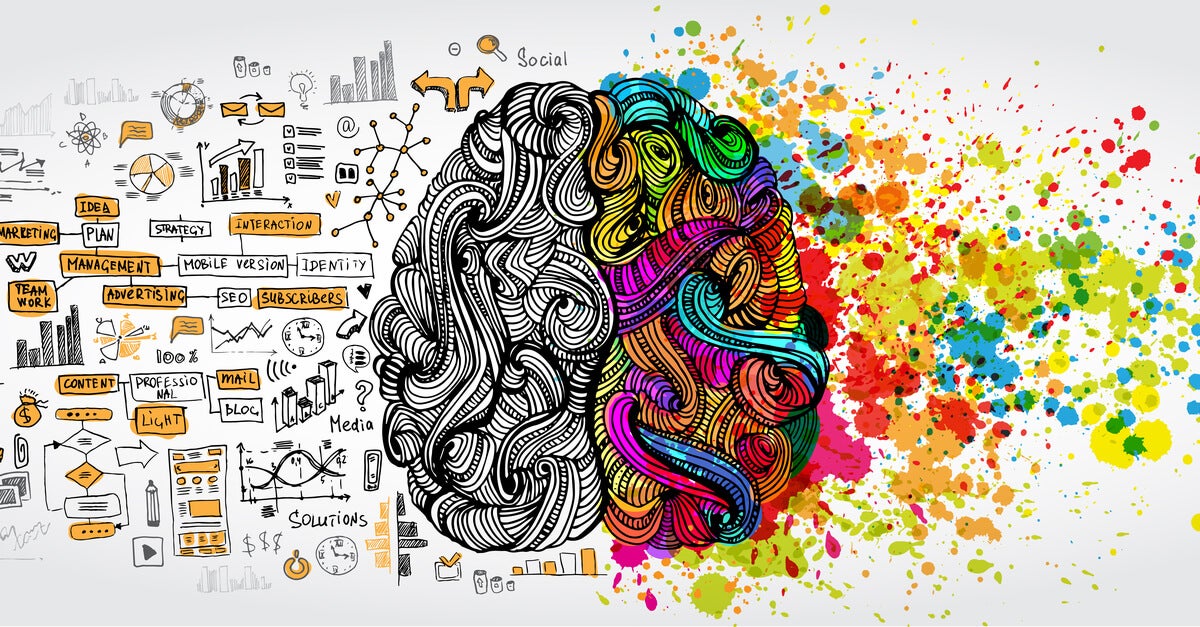Albert Einstein said that the true potential of our intelligence lies in the capacity for change, being able to adopt new perspectives and ideas, eliminating concepts that no longer serve us, is one of our best virtues, so it is not surprising that, in the field of psychology, but also of art, a new concept has emerged : “the elastic mind”.
A few years ago, at the Museum of Modern Art in New York, MoMA, an exhibition was held that represented the same idea, our society and the human being live a moment when everything is constantly changing, science and technology have a growing weight along the way we deal with reality, work, connect and even understand the world.
- Books such as Design and the Elastic Mind.
- By the architect Paula Antonelli.
- Research director of MoMA.
- Speak exactly of the need to develop a more elastic thinking.
- Only in this way can we survive and give our best in an environment of constant change.
- In which we are practically obliged to improvise.
- To react quickly to challenges.
Achieving this is not very easy, as the brain is generally very resistant to change and lives very attached to its comfort zones. However, teaching our conservative mind to be a little more innovative and flexible can help us make some very positive changes.
“Those who can’t change their minds can’t change anything. “George Bernard Shaw.
If we had to talk about a mental quality that we should all train, develop and apply in our daily lives, it would certainly be cognitive flexibility.
On the opposite side, we would have this fixed mindset that strikes and gets frustrated almost continuously by proving that things aren’t always what you want and expect, they’re people who don’t admit criticism, who don’t handle failures or mistakes well, and who, moreover, generally avoid challenges for fear of mistakes.
Knowing this, we need to reformulate the concept of talent. While it is true that some people have a natural disposition for certain skills (music, art, engineering), this advantage will not allow them to achieve success or well-being if they do not also have an elastic spirit.
Being able to open up to new paradigms and apply a series of specific processes is what really sets an advantage, let’s see what it’s all about.
Things are never black or white. Our reality takes place in a range of unattractive ashes that we have to get used to.
In this way, the elastic mentality is accustomed to the uncertainty that defines many things that involve us: the work that you consider guaranteed today may no longer exist tomorrow, that person who today bets on a life in common may no longer have this idea, etc. .
Conventional is this safe space that is very easy to get used to, this gives us a sense of permanence, tranquility and rooting, however, if there is one thing that we must understand is that life is not static.
It flows, varies, changes and often moves extremely quickly. One way to survive these changes is to be able to innovate, to go beyond the conventional.
Thus, to develop innovative thinking, we must begin to rely on our creativity and intuition, this is achieved only through observation, but also when we are able to see beyond, perceive needs, new perspectives and apply proactive behavior.
Tolerance for mistakes and how we deal with them says a lot about us. While fixed mental state remains blocked and tends to avoid situations where we don’t feel competent, the elastic mind applies a different view.
He understands, for example, that failure is not a reason to give up on certain things, it is a learning opportunity, and forced recoil is often a way to gain momentum.
If we set the example of someone who knew how to apply the elastic mindset throughout his life, we would highlight Leonardo da Vinci. The Renaissance man challenges knowledge like no other through observation, experimentation, and boldness.
It was, as we well know, a person ahead of his time in many respects, it is thanks to this gift that we all have and that usually has a greater place in childhood: curiosity, elastic mind not only does not fear change, but also research because it is motivated by a constant need for knowledge.
In conclusion, as psychiatrist Robert Cloninger says, if we are receptive to the news and changes in our daily lives, and accept them with courage and creativity, our personality will be strengthened. The elastic spirit that dares to go beyond your comfort zone is never the same again.

